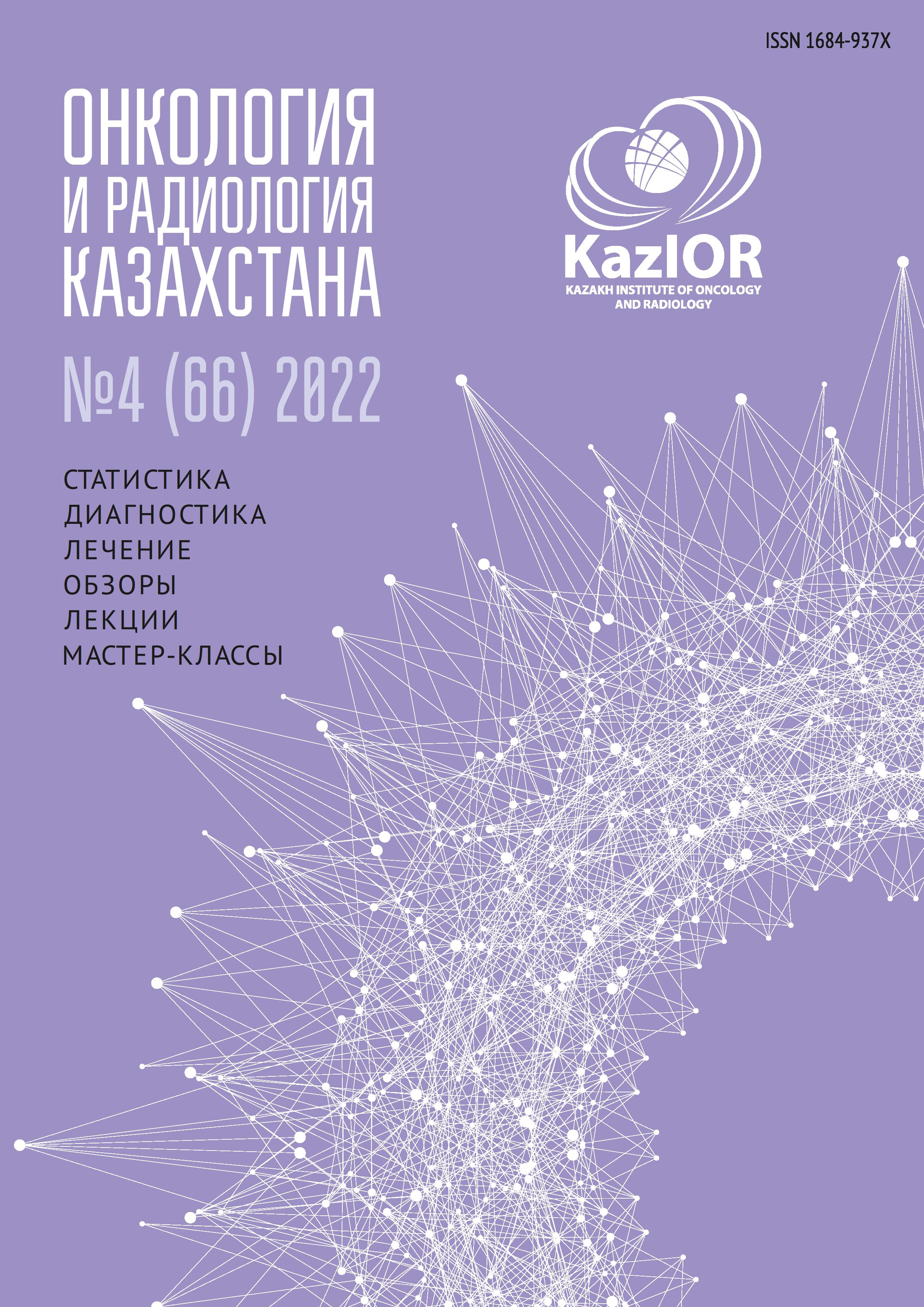Evaluation of trends in oncological care for kidney cancer in Kazakhstan
DOI:
https://doi.org/10.52532/2521-6414-2022-4-66-4-9Keywords:
kidney cancer, incidence, mortality, early diagnosis, neglect, morphological verificationAbstract
Relevance: Worldwide, kidney cancer (KC) ranks sixth among the most frequently diagnosed cancers in men and 10th in women, accounting for 5% and 3% of all cancer diagnoses, respectively. In 2020, IARC reported 431,288 new cases and 179,368 deaths from KC worldwide. By 2040, they expect an increase of 40.4% in KC incidence (605,726 cases) and 59.4% in KC mortality (285,906 deaths).
The study aimed to analyze some kidney cancer indicators (incidence, mortality, early diagnosis, neglect, morphological verification) to evaluate the oncological care in Kazakhstan in 2010-2019.
Methods: The material of the study was the data of the Ministry of Health of the Republic of Kazakhstan – annual Form No. 7 and 35 concerning KC (ICD 10 – C64) for 2010-2019 – incidence, mortality, early diagnosis, neglect, morphological verification. A retrospective study using descriptive and analytical methods of biomedical statistics was used as the primary method.
Results: From 2010 to 2019, 10,966 new cases of KC and 3,866 deaths from this pathology were registered in Kazakhstan. KC incidence increased from 5.9±0.2%⁰⁰⁰ (2010) to 6.7±0.2%⁰⁰⁰ in 2019 (p=0.000). In dynamics, mortality rates from KC tended to decrease from 2.6±0.1%⁰⁰⁰ (2010) to 1.8±0.1%⁰⁰⁰ in 2019 (p=0.000). The study reveals a trend: the indicators of early diagnosis (the proportion of patients with stage I-II) improved from 50.7% (2010) to 69.1% in 2019, and, accordingly, the proportion of neglected patients decreased significantly with stage III (from 31.2% to 14.6%) and with stage IV (from 18.1% to 16.0%). Morphological verification indicators for KС improved by 44.7% from 58.5% and 84.6%, respectively, in 2010 and 2019.
Conclusion: The increase in KC incidence dictates further study of cause-and-effect relationships with risk factors to develop effective preventive measures and screening programs

